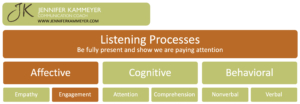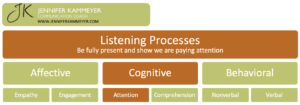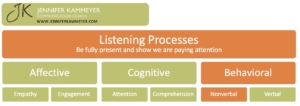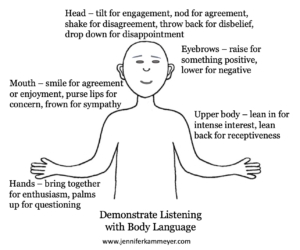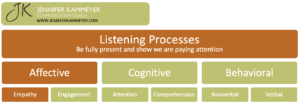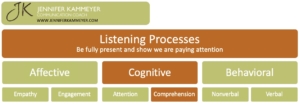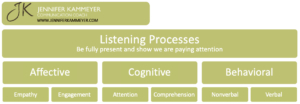Our speech is one thing we can control in a world where much is outside of our control. Our choice to use wise speech, particularly at times of discord, has a positive ripple effect across those we encounter and beyond.
Wise speech is a focus of stoicism wherein the core principle of a good life is knowing and accepting what is within our control and what is not and then acting virtuously on that within our control.
“If it is not right, do not do it; if it is not true, do not say it.” – Marcus Aurelius
External matters outside of our control, such as things not going our way or somebody saying something we find offensive, may trigger emotions we wish to express. Our practice of wise speech allows us to pause and determine if speaking is best and if so, what speech is best. First, we need the ability to pause and acknowledge what is occurring and, second, we need techniques to make judicious choices.
Noticing Now
There are many techniques that help us to notice what is happening within us in the present moment. One of my favorites is awareness of physical sensations, particularly the tightening that occurs in our bodies. We all tend to have different locations that tighten when we are disturbed by an externality. Common spots are the stomach, or jaw or shoulders. By paying attention to these spots, we can use the feeling of tightening as a red flag that something has provoked a reaction. That somatic feedback is our cue to pause. Pause, take a breath, and notice the emotion present and the immediate desire to speak. It is within that pause that we access control of our speech, and thus ourselves
Deliberately Choosing
Virtuous speech includes that which is truthful, useful, kind, and timely. Wise speech takes into account the readiness of our listener and our own equanimity. We may want to correct untruthfulness, but it may not be the right time, or we may not possess the mindset to be skillfully kind in that moment. Here are four useful questions we can ask ourselves to guide deliberate choices in our speech:
What will be accomplished by speaking right now?
If that is not clear or not positive, then silence is the sage choice. Nodding our heads politely indicates that we have heard the other person and not that we necessarily agree. If it is not the right time because the person is not ready to receive what we have to share, we can choose not to say anything and redirect the conversation. Sometimes we need to remove ourselves from the situation, because we are not ready to handle it skillfully.
What emotional states are present for me and others?
If emotions are high or negative, waiting or proceeding with gentle, compassionate speech is helpful. Perhaps we start with acknowledging our own emotions, such as, “Wow, I am feeling defensive after hearing that.” We can also reflect back what we perceive, such as, “I am sensing that now is not a good time so perhaps we can discuss this later.”
What question(s) can I ask to ensure I fully understand the other’s point of view and motivation behind their speech?
Questions can magically disarm emotional encounters when they come from a place of genuine curiosity. Taking the perspective that every encounter is a learning experience makes us curious. Thinking of what specifically we can learn in this moment is a good way to come up with an appropriate question to ask. “What led to this understanding?” or “What else can you tell me about this?” are open-ended questions that help us gather more information.
What words can positively contribute and add value without causing harm?
This question gets to the heart of the truthful and useful aspect of wise speech. The words we chose need to be those we believe, otherwise we are being false. They also need to be words that connect with and are uplifting for the other person, otherwise we cause harm. “I see you have carefully thought through this issue.” Is a kind way to recognize effort without agreeing with the content.
By asking ourselves what speaking can accomplish, what emotions are present, what we need to understand better, and what words can make a positive impact, we guide ourselves toward constructive speech and better outcomes.
Speaking with thoughtfulness after pausing to obtain clarity of mind is not always easy, but it is always prudent. Wise speech creates peace within ourselves, improves relationships with others, and has a virtuous cascading effect.





